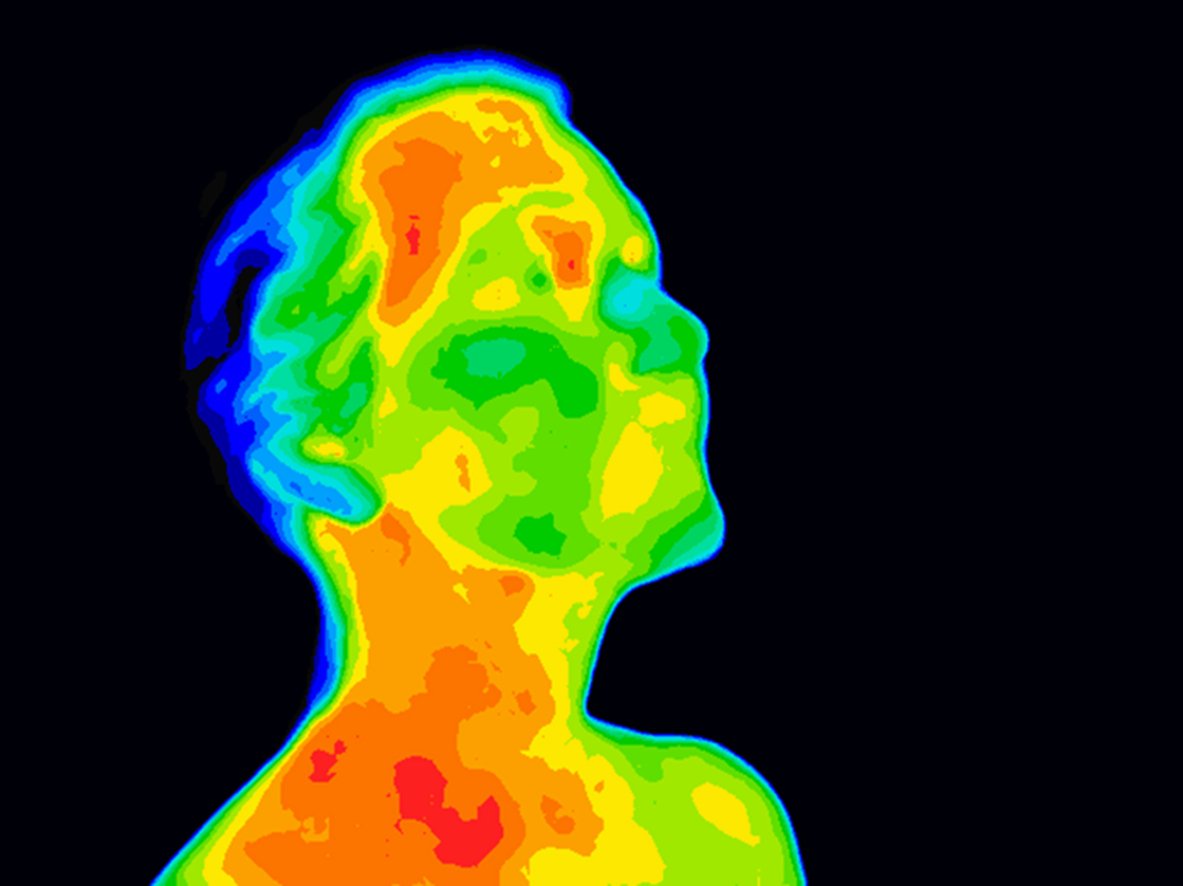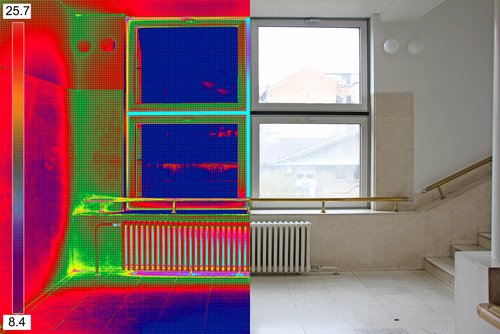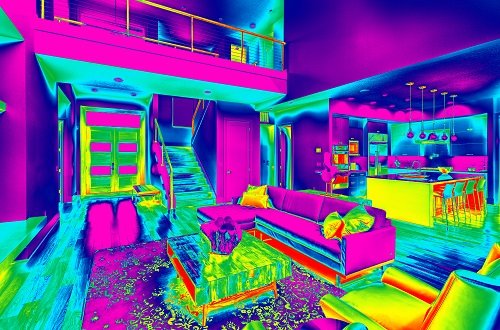Beyond Five: Unveiling the Hidden Senses.
In our daily lives, we often rely on our five main senses—sight, hearing, taste, smell, and touch—to perceive and interact with the world around us. However, there are additional, lesser-known senses that play a significant role in shaping our sensory experiences and overall well-being. In this series, we will embark on a journey to explore these hidden senses and unravel their profound influence on our perception and wellness.
Understanding the hidden senses is essential to experience and wellness designers.
ABOUT BEYOND 5
A deeper dive into the realm of sensory design.
The exploration of hidden senses and the integration of multisensory design principles offer a paradigm-shifting approach to fostering wellness through design. In each article from this series, we will unveil the profound influence of multisensory design on wellness and provide valuable insights for interior designers, neuroscientists, wellness professionals, and researchers interested in the transformative power of sensory design. By embracing a holistic perspective that considers all human senses, designers have the opportunity to create environments that not only appeal to the visual and auditory senses but also engage proprioception, vestibular sense, and interoception. In this series, we will make it increasingly evident that prioritizing the hidden senses is essential for achieving optimal wellness outcomes in the spaces we inhabit.
BEYOND 5: THERMOcEPTION
Exploring the Influence of Temperature on Human Senses for Interior Design
Understanding the influence of temperature on human senses is crucial in creating spaces that not only look beautiful but also feel comfortable and enhance well-being. In this comprehensive exploration, we will delve into the fascinating world of thermoception and its significance in sensory design. We will discuss the importance of temperature in influencing various senses such as vision, hearing, smell, taste, and overall well-being, and how this knowledge is intricately linked to the field of interior design.
Numerous peer-reviewed research articles provide compelling insights into the influence of temperature on human senses. Studies in neuroscience, psychology, and sensory design have shed light on the intricate relationship between temperature and sensory perception, offering valuable knowledge for designers seeking to create truly immersive environments.
Understanding Thermoception
Thermoception, the sense of heat and cold, plays a significant role in how we perceive and interact with the environment. Our body's ability to sense and regulate temperature is a complex process involving thermoreceptors located in the skin and internal organs. These receptors play a crucial role in maintaining homeostasis and responding to temperature variations, ultimately impacting human physiology. Our sense of temperature is closely connected to our own body temperature. When one feels “cold”, it’s actually our brain’s interpretation of heat being pulled away from the body. So in reality, we’re feeling the heat transfer rate, not the actual temperature.
New research suggests that thermosensory pathways interact with brain systems that control affective function (motivational, behavioral, and subjective aspects of emotions). It is not yet clear exactly why, research indicates that warmer temperatures impact our mental wellness. A study published in 2021 showed that in Bern, Switzerland, hospitalization risk for mental health disorders rose by 4% for every 10°C increase in mean daily temperature.
Another study found that, in the USA, a 1.5°C increase in the global mean temperature would be associated with an estimated 1,601 additional injury deaths (intentional and unintentional), with 84% of these occurring in males. The body needs to spend energy to cool itself down, and some of that may come from the part of the brain that consumes the most energy: the prefrontal cortex, which helps us self-regulate. It’s the same part that turns off when people are drinking alcohol, which we know leads to impulsive behavior.
Our perception of temperature can influence other senses:
Influence on Vision
The impact of temperature on visual perception and color interpretation is profound. Warm or cool temperatures can evoke specific emotions through visual stimuli, affecting how we perceive and interact with designed spaces. Understanding these effects can empower designers to create environments that evoke desired emotional responses and enhance visual experiences.
Impact on Hearing
Temperature also influences auditory perception. Variations in temperature can affect sound transmission and reception, thereby influencing the way we experience and interpret auditory stimuli within a space. Designers can leverage this knowledge to craft environments that optimize the acoustic experience for occupants.
Connection to Smell and Taste
Temperature plays a pivotal role in altering our olfactory senses and taste perceptions. The aroma and flavor of substances can be significantly influenced by surrounding temperatures, impacting the overall sensory experience. This insight is invaluable for designing spaces where scents and flavors are integral to the user experience. When it comes to taste, colder temperatures can dull the taste buds, making it harder to perceive flavors. Conversely, warmer temperatures can enhance the perception of flavors. As for smell, temperature can affect the volatility of aromatic compounds, which in turn can impact how easily they are detected by the olfactory system. Warmer temperatures can increase the volatility of these compounds, making them more readily detectable
Interior Design strategies:
Equipped with an understanding of how temperature influences human senses, interior designers can optimize environmental temperatures to create sensory-friendly spaces. By strategically manipulating temperature, designers can enhance spatial experiences and contribute to the overall well-being of occupants. This involves thoughtful consideration of temperature as a fundamental element in the design process. Here are simple and evidence-based design strategies that can contribute to the creation of interiors that are not only aesthetically pleasing but also adaptive and comfortable, regardless of external temperature fluctuations.
1. Play with Natural Light & Furniture Placement:
When it comes to maximizing the benefits of natural sunlight, there are several effective strategies that designers can implement. The use of large windows, strategically positioned skylights, and a preference for light-colored décor can all contribute to amplifying the presence of natural light within a space. Additionally, the positioning of furniture plays a crucial role in allowing for unobstructed sunlight penetration. By carefully arranging furniture to avoid blocking light sources, designers can ensure that the space remains bright and radiant throughout the day.
2. Explore Thermal Conductivity of Materials;
One crucial aspect of spatial comfort is thermal comfort, which directly relates to the temperature regulation within indoor spaces. The choices of fabrics and materials play a significant role in achieving this balance, making it essential for designers and homeowners to understand their impact. Various materials, such as wood, metal, and fabric, interact with thermal conductivity in unique ways, further influencing the thermal properties of a space. For instance, while metal may conduct and retain heat more effectively, fabric can offer insulation and regulate temperature to a certain extent.
3. Design Thermal Zones:
In interior design, a thermal zone refers to a specific area within a space that has its own temperature control or thermal comfort requirements. Different areas within a space can have varying temperature needs based on their functions and occupancy, which directly influence occupant comfort and wellbeing. For example, areas where people may be more sedentary, such as lounging areas, can be kept slightly warmer, while work or active areas can be cooler. Another example, the use of heavy curtains and plush rugs can create a cozy, warm zone, while cooler colors and lightweight, breathable fabrics can contribute to a cooler, more invigorating zone. It's essential to consider not only the visual aesthetics but also the tactile and thermal qualities of the decor and finishes.
4. Influence Temperature through Color:
The concept of warm and cool colors plays a crucial role in how we perceive the temperature of a space. Warm colors, such as fiery reds, vibrant oranges, and sunny yellows, have the remarkable ability to infuse a sense of coziness and warmth into interior environments. In contrast, cool colors like tranquil blues, refreshing greens, and serene purples evoke a feeling of coolness and airiness within a space, thereby influencing our perception of temperature in a distinct manner. The art of harmonizing opposing temperatures through a skillful blend of warm and cool colors represents a nuanced approach to interior design. By achieving a delicate balance, designers can create atmospheres that resonate with the inhabitants on a profound level.
The influence of temperature on human senses is a multifaceted and invaluable aspect of interior design. By leveraging this understanding, designers can elevate their craft and create holistic sensory experiences that captivate and enrich the lives of those who inhabit the spaces they design. By prioritizing natural elements, strategic material selection, modern technologies, and adaptable design solutions, designers, researchers, and wellness professionals can revolutionize the way they approach temperature regulation.
We encourage you to integrate these strategies into your own interior design projects, ultimately contributing to the creation of environments that prioritize both comfort and adaptability. Embrace the transformative power of sensory design and embark on a journey towards creating interior spaces that are not only visually captivating but also conducive to holistic well-being.






